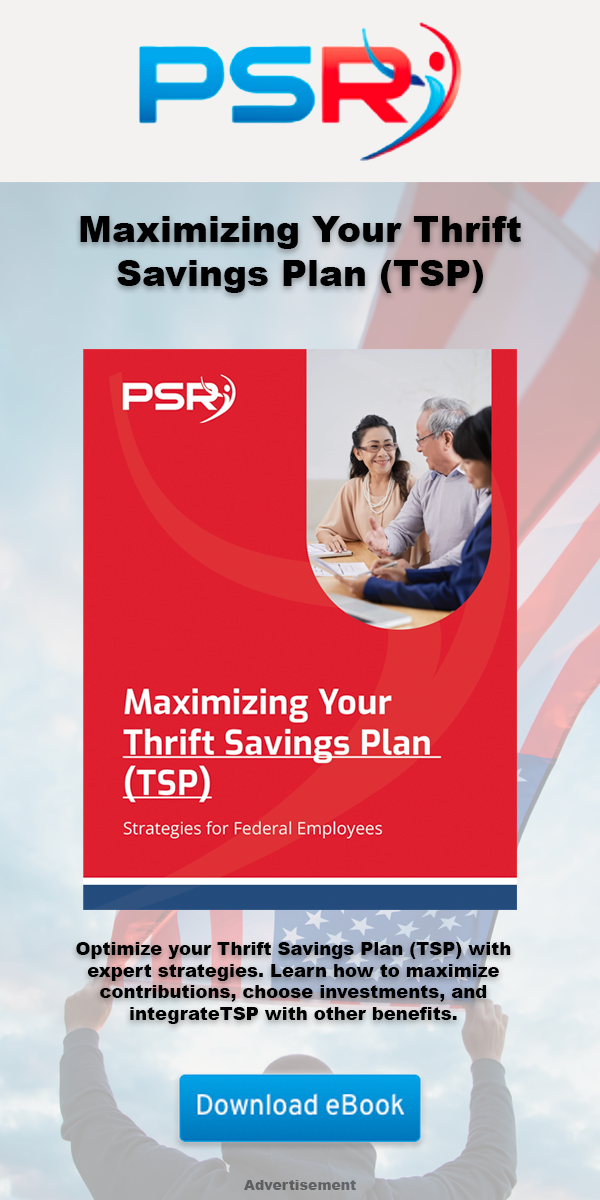Key Takeaways
-
The FERS Supplement can provide critical financial support between retirement and age 62 but comes with income limits and penalties that can catch early retirees off guard.
-
Understanding how the supplement works in 2025, including the earnings test and expiration rules, is essential to avoid unintended financial gaps.
Understanding the FERS Supplement in 2025
- Also Read: Want to Leave Before 62? Here’s the Tradeoff Most Federal Workers Don’t Consider
- Also Read: 3 Ways CSRS Retirees Can Avoid Social Security Reductions Due to the Windfall Elimination Provision (WEP)
- Also Read: Your Next Federal Pay Raise Might Come With a Tradeoff—Here’s What to Watch
What the FERS Supplement Actually Covers
The FERS Supplement mimics a Social Security benefit based on your federal service. It is intended to replace the portion of your Social Security benefits that you have “earned” through government employment up until the time you retire.
Key facts about the FERS Supplement in 2025:
-
It starts if you retire with an immediate annuity before age 62 and meet eligibility criteria.
-
It approximates the Social Security payment earned from your FERS service only.
-
It ends at age 62, whether or not you have started collecting Social Security.
Who Qualifies for the FERS Supplement in 2025
You must meet specific conditions to receive the FERS Supplement:
-
You retire under an immediate retirement option (such as MRA+30 or 20 years of service at age 60).
-
You retire under Special Provisions (such as law enforcement officers, firefighters, or air traffic controllers) with 20 years of service and at least age 50.
-
You retire under MRA+10 but postpone your annuity to avoid penalties; in this case, you do not receive the supplement.
It is critical to know that postponed or deferred retirees are not eligible for the supplement.
The Financial Value of the FERS Supplement
In 2025, the FERS Supplement remains an important financial bridge for retirees. It can provide several hundred to a few thousand dollars per month, depending on your career length and earnings history.
While there is no direct “cost” for the supplement—it is automatically included if you qualify—you must consider its short lifespan and vulnerability to the earnings test (discussed later).
You will only receive the supplement from the date of your retirement until the month before your 62nd birthday.
The Risks You Must Consider
While the FERS Supplement appears like free money, there are serious risks attached to it that can leave you financially exposed.
1. Earnings Test Reduction
If you earn above a certain limit while receiving the supplement, your benefit will be reduced or eliminated. In 2025, the earnings limit is $23,480.
-
For every $2 you earn above $23,480, your FERS Supplement is reduced by $1.
-
This earnings test applies to income from wages or self-employment, not investment income, pensions, or annuities.
2. The Short Duration Problem
Many retirees miscalculate how brief the FERS Supplement actually is. It ends at 62, regardless of when you start Social Security. If you plan to delay Social Security to earn higher monthly benefits later, you will face a gap unless you have other savings.
This transition can catch retirees off guard, leading to the need to:
-
Tap into tsp accounts earlier than planned.
-
Adjust spending expectations dramatically.
-
Reconsider retirement timing.
3. Inflation Risk
Unlike Social Security benefits, the FERS Supplement is not adjusted for inflation. In 2025, with inflation still impacting real purchasing power, this is a critical weakness. The fixed dollar amount you start with remains unchanged until it ends at 62.
If you retire at 57, you face five years of frozen supplement income as living costs rise.
Planning for the End of the Supplement
It is essential to plan for the inevitable loss of the FERS Supplement at 62. Strategies you may consider include:
-
Having sufficient TSP savings to cover the income gap.
-
Planning for partial Social Security claiming strategies.
-
Delaying large expenses until a more stable income period.
You should model your retirement cash flow assuming the supplement disappears at 62 and ensure your budget still works without it.
How the Earnings Limit Affects Early Retirees in 2025
Public sector retirees in 2025 must be especially aware of how their post-retirement work affects the supplement.
If you plan to:
-
Start a second career.
-
Consult independently.
-
Open a business.
…you could unintentionally eliminate your FERS Supplement through earnings over $23,480.
For example, earning $40,000 from part-time work would drastically reduce—or even completely wipe out—your monthly supplement.
The Psychological Trap of the FERS Supplement
Many retirees rely mentally on the supplement as “guaranteed” income. This can cause:
-
Overconfidence in retirement timing.
-
Underestimating how much emergency savings are needed.
-
Less urgency to build up TSP or outside savings.
When the supplement ends abruptly at 62, it can cause significant financial stress if not properly anticipated.
Why Some Retirees Should Delay Retirement Despite the FERS Supplement
Even though the supplement offers an attractive incentive to retire at MRA or 60, it is not always the best financial decision.
You might want to consider working longer if:
-
Your FERS annuity will be substantially higher with more service.
-
Your TSP balance needs more time to grow.
-
You want to delay the erosion of the fixed supplement amount by rising inflation.
Working an extra few years may not only boost your annuity but also make the loss of the FERS Supplement less disruptive.
Tax Considerations in 2025
While the FERS Supplement itself is taxable income, it does not cause additional tax penalties if you retire before 59 ½. In 2025, this continues to make the supplement a relatively “clean” form of income in early retirement compared to TSP withdrawals, which could trigger early withdrawal penalties if accessed incorrectly.
Still, combining supplement income with other sources could push you into higher marginal tax brackets, especially if you:
-
Work part-time.
-
Take TSP withdrawals.
-
Have rental or investment income.
Proper tax planning is vital to avoid unnecessary surprises.
Summary: How to Use the FERS Supplement Wisely
To make the most of the FERS Supplement while minimizing the risks:
-
Treat it as a short-term bonus, not a long-term guarantee.
-
Model your income assuming it will end at 62.
-
Stay mindful of the earnings limit.
-
Consider delaying retirement if it strengthens your financial position.
-
Engage in retirement cash flow planning to bridge the post-62 gap.
Preparing for Retirement Beyond the FERS Supplement
If you are counting on the FERS Supplement to make early retirement feasible, it is crucial to build a multi-layered income strategy. The supplement alone will not sustain you for decades.
Work with a licensed professional listed on this website to evaluate your retirement timeline, model different scenarios, and create a contingency plan if things don’t unfold exactly as expected. Proactive planning today can prevent painful surprises tomorrow.












